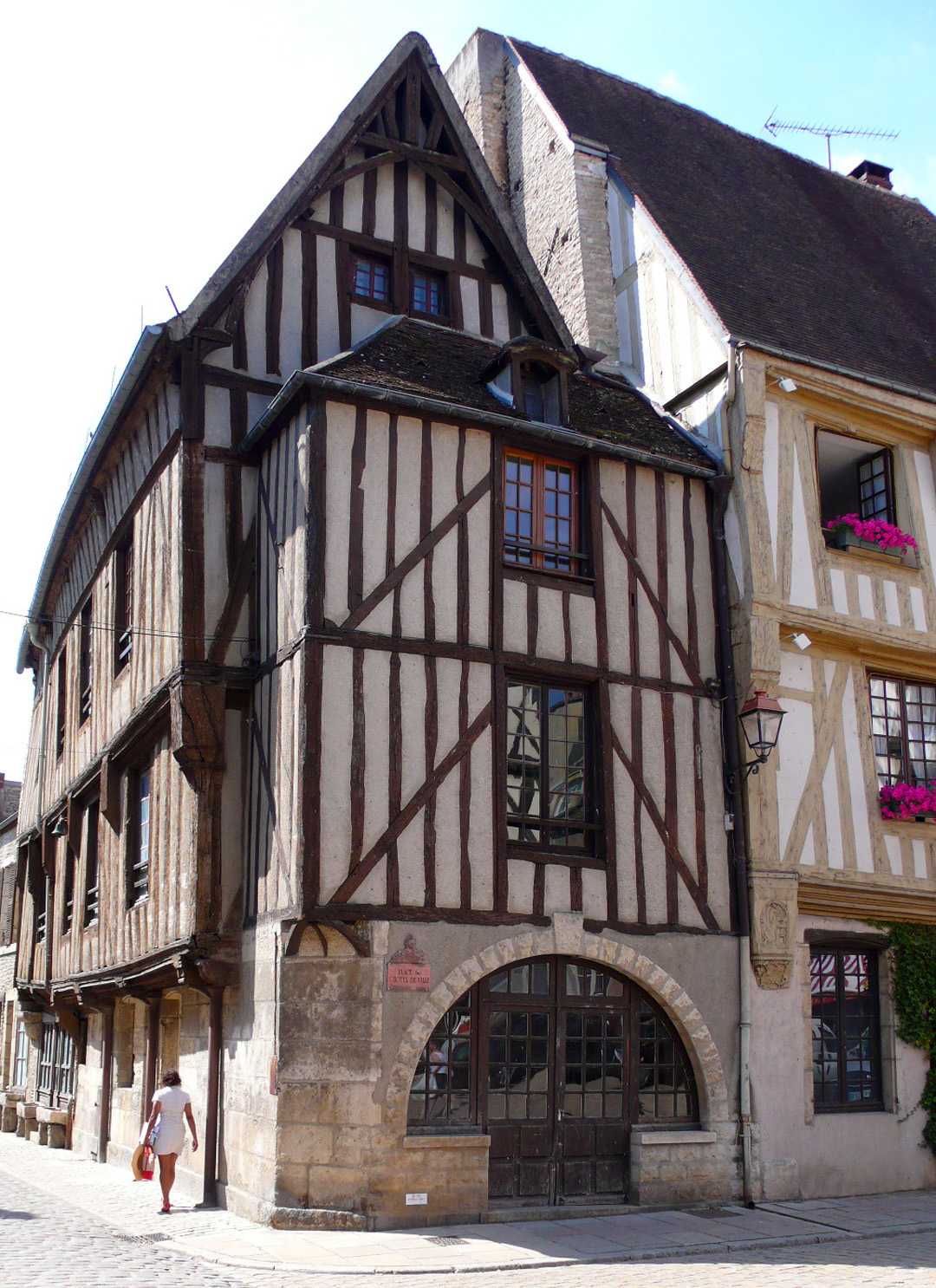I firmly believe that every artist should be open to new ventures, both in creating art and then in finding ways to reach other people who might share a passion for that type of art. There are always new and potentially fascinating horizons to explore. In that spirit, I have just embarked on a crowd-funding venture with AIM Hatchfund to fund an artist residency at La Porte Peinte, in Noyers sur Serein, Burgundy. All the details are at the Hatchfund website - both in video form and in text form.
Basically I have until 4th July to raise a minimum of $3000 to help defray the costs of going to Noyers to create a body of metalpoint drawings that weave together some fascinating but seemingly disparate aspects of life in Burgundy. Not only was the region a famed centre of monastic production of illuminated manuscripts.
Its renown too as a wine-producing region, thanks to those same industrious monks (and the Romans before them!), is sometimes enhanced by vines planted in soils rich in 150 million year old fossilised minute oyster shells that confer a unique “terroir” hallmark, particularly in the Chablis area.
The link for me in these two facts? Metalpoint drawing. Metalpoint is a medium born in medieval monasteries where monks used lead styli to delineate illuminations and draw the lines for their beautiful manuscripts. After a chequered history, metalpoint is currently undergoing a third renaissance. My passion for this subtle, shimmering medium dates from the early 1980s. I use mainly gold, silver and copper to make marks on prepared paper; the lines cannot be erased, and silver and copper will evolve in colour as they tarnish, making the medium even more alive.
Wine-making, illuminating manuscripts and drawing in silver and other metals are all activities where time has a very different rhythm compared to much of today’s world. We often need reminders that at times, a slower pace of life can bring joy, fascination and quiet rewards. A body of metalpoint drawings can serve as such a reminder.
With those thoughts in mind, I have just uploaded all the required information, video and text to Hatchfund, had the staff approve the contents and make it live. And now I have to hope that other kind people share my optic that travelling though time and different worlds is always fascinating. By making a tax-free donation to this metalpoint drawing project, I would have the pleasure of sending a thank you gift to contributors and then taking them along with me on the path of creating the art, thanks to technology.
Dear reader, share the fun of creation with me!














